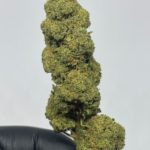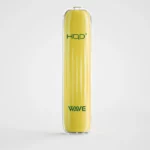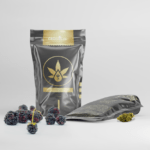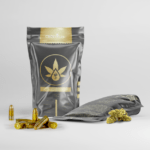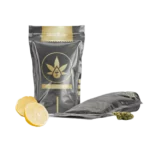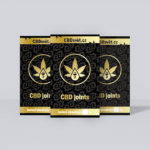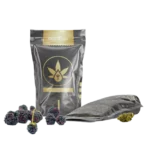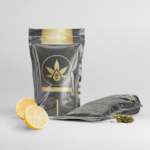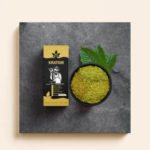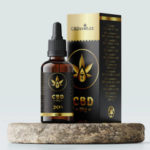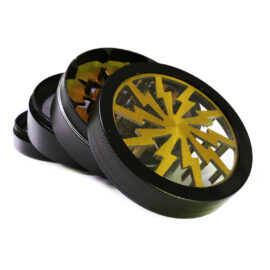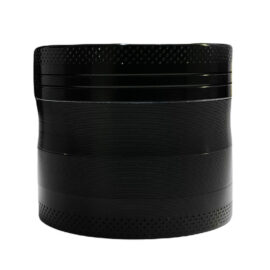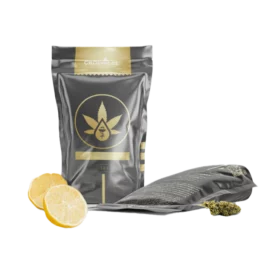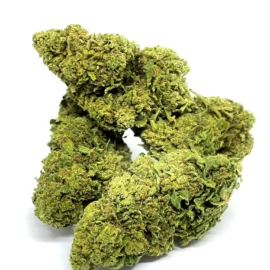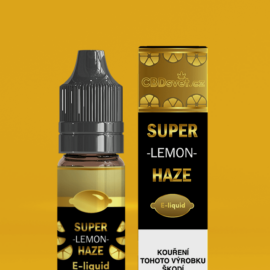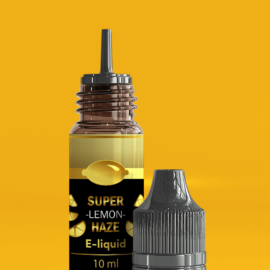
Is it legal to give CBD to children?
Recreational cannabis products containing THC are not suitable for children, although they are legally available to adults in some countries. It is completely illegal to give children products with THC.
However, as we have already discussed, CBD lies in a different position. In the United States, for example, it is considered a dietary supplement. Modern extraction techniques allow manufacturers to remove THC from the final product and produce safe and legal supplements for children.
However, we recommend consulting your child’s pediatrician about CBD administration.

In what case should I consider giving CBD to my child?
There are many reasons why you might consider giving CBD to a child:
– CBD can help children with pain relief, inflammation, anxiety, insomnia or excessive stress when dosed correctly.
– CBD is not psychoactive, which means it will not have any side effects affecting the functions of the mind. It works just like any other nutritional supplement.
The main reasons why parents are starting to give their children CBD
1. Anxiety
Children often experience anxiety – whether from nutritional deficiencies, social pressures at home or school, or difficulty making friends. However, it is a standard part of growing up, and most children can handle difficult moments without needing pharmaceutical drugs. However, CBD can be used to address anxiety in a very effective way.
The cannabinoid acts by increasing the activity of neurotransmitters in the brain and their function is to reduce the hyperactivity of the nervous system. It helps the mind to relax after a stressful incident and return to a normal state.
2. Insomnia
Perhaps the most common reason parents give their children CBD , is to combat insomnia. Overstimulation can cause many children to have difficulty calming down and relaxing at the end of the day. When they get into bed, their brains remain hyperactive for hours after spending a significant amount of time in front of computer screens at home or at school. Children who have trouble sleeping are often irritable (of course), which makes falling asleep even more difficult.
CBD is an excellent supplement for promoting sleep. It’s not directly sedating, so you don’t have to worry about knocking the baby out. It only slows down the hyperactivity in the brain because it gives the child a chance to calm down and fall asleep naturally.
3.Epilepsy
One of the main reasons CBD has become so popular in recent years is its ability to help cope with epilepsy. A large number of studies have been completed with children as case subjects.
The high-CBD extracts worked almost immediately after administration, and the seizures stopped immediately in the patients studied or the number of episodes would be reduced from dozens to a few cases per week. Moreover, this figure has even fallen to zero in some cases. There is now a considerable amount of promising research available on the use of CBD in adults and children.
4. Autism Porucha
Autism Spectrum Disorder (ASD) is a condition that is increasingly diagnosed in early childhood. Currently, there is little that can be done to cure the condition. Some medications exist, but they are unreliable and often come with several undesirable side effects. In recent years, CBD has been gaining attention from doctors worldwide as a potential treatment for autism.
While there is currently no cure for the disorder, there is ample room for managing symptoms, particularly the associated side effects such as anxiety, seizures, mood changes, and a higher potential for addictive behavior. The use of CBD has been shown to reduce all of these symptoms.
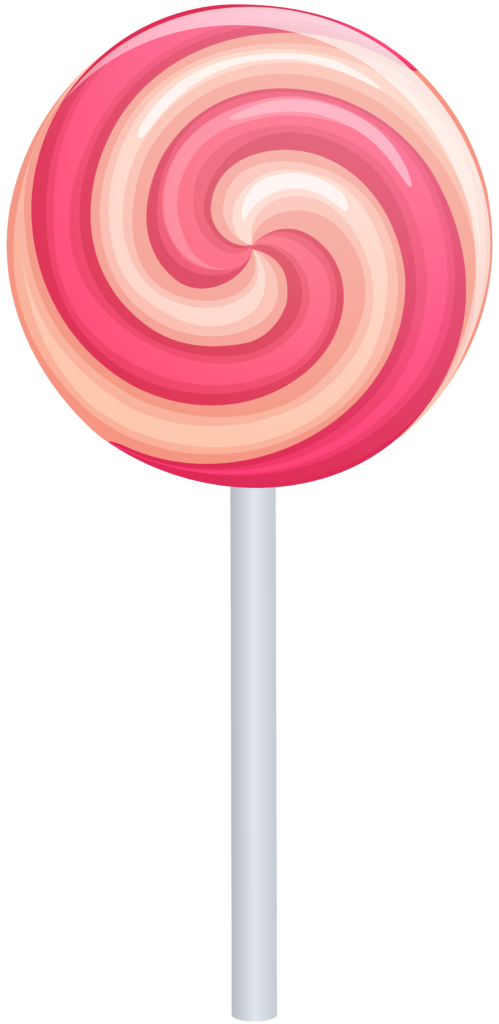
5. ADHD
Attention Deficit Hyperactivity Disorder (ADHD) is a common neurological disorder that affects approximately one in fifteen children in the developed world. Current treatment options primarily involve pharmaceuticals. Stimulants, including Adderall and methylphenidate, help with symptoms but come with several unwanted side effects. As a result, many parents are seeking natural alternatives.
CBD offers a new treatment for ADHD symptoms. One of the key symptoms of ADHD is hyperactivity, which CBD is primarily used to address.
The relaxing nature of CBD helps hyperactive children stay calm, and it also alleviates common side effects such as anxiety and insomnia. Lastly, CBD helps address headaches and autoimmune issues that may be associated with ADHD.
6. Asthma
Asthma has many different forms, ranging from mild to severe progression. It can also be very debilitating.
The underlying cause of asthma is inflammation and swelling of the airways. The most common medications used to treat childhood asthma are drugs like salbutamol. However, tolerance can develop to these medications, meaning that the more they are used, the less effective they become over time. Therefore, it may be necessary to increase the dosage or find alternative medications to alleviate symptoms.
CBD is an effective anti-inflammatory compound that acts on several inflammatory pathways associated with asthmatic reactions (TNF-a, IL-6, IL-4, and IL-13). It works better as a preventive measure for asthma attacks rather than a direct therapeutic tool. For immediate treatment, it is best to stick to medications with beta-adrenergic agonists, which are typically found in your child’s inhaler.
As a daily supplement, CBD is recommended for preventing immune activation associated with asthma. It also relaxes the muscles of the airways and reduces stress levels, which are factors that significantly contribute to asthma response.
7. Travel sickness
Children are particularly prone to motion sickness. There can be many reasons for this, but the most common theory is that it is a direct result of the smaller size of their ear canals. This is also why children are more susceptible to inner or middle ear infections.
The unique set of nerves inside our ears is designed to transmit messages informing the brain about our connection to the ground. This helps us distinguish top from bottom and maintain balance.
When this system malfunctions, which can happen when you sit in a car for too long or on unstable surfaces like a boat or airplane, panic develops in the brain, leading to nausea. The brain starts to be deceived into thinking that we have ingested something toxic, triggering the urge to expel it from the body through vomiting.
The area of the brain responsible for triggering these reactions is aptly called the emetic or vomiting center. The endocannabinoid system plays a strong regulatory role in this center. CBD closely interacts with the endocannabinoid system to prevent the breakdown of our natural endocannabinoids. This effect is believed to be why CBD is so useful in alleviating nausea.
It has even been shown to provide relief to cancer patients who suffer extreme bouts of nausea after completing chemotherapy.
8. Skin problems
CBD is also useful in helping with skin problems and can be taken internally in the form of CBD oils or dietary supplements and used topically in the form of creams or lotions. Issues such as dandruff, psoriasis, eczema, and minor cuts can be addressed with CBD due to its anti-inflammatory and healing properties.
When it comes to CBD products for topical use, not all are equivalent. Many poorly designed products contain irritating chemicals, have low CBD content, or lack other valuable ingredients. The best products in this category have specific uses and include additional beneficial herbs and supplements. These can vary depending on the specific skin condition you are trying to treat.

Administering CBD to children
Now that we have discussed the circumstances under which you might consider administering CBD to children, let’s delve into the details. CBD is a relatively complex compound, and there are many different products on the market—some of which are much better than others. Let’s take a look at the various types of CBD products available today and when it is suitable to administer them to children or when it is better to avoid them altogether.
Which form of CBD to use?
1.
Oils are the most common form of CBD. They are easy to use, and specific doses can be easily determined by counting drops or using a small dropper. You can also mix CBD oil into your child’s favorite juice or cocktail to mask its taste.
2.
Gummies are a great way to administer CBD to children. They taste just like candies and can be divided into smaller doses by simply cutting them into pieces. However, these gummies should be stored in a safe place where children cannot access them.
3.
Syrups are not very common, but they work similarly to CBD oils. The sweet taste allows for easy masking of the CBD flavor with other foods (such as waffles or pancakes). The only downside is the high sugar content. The only drawback is the high sugar content.
4. Ointments and lotions
Ointments, creams and lotions are the best choice for any skin-related condition. The amount used does not need to be measured, making them the safest way to use CBD. Still, it is advisable to test a small amount of any new product before using it on a larger area of the body to make sure there are no allergic reactions.
5.Suppositories
The suppositories are intended specifically for inflammation of the digestive tract. There are a few cases where suppositories are necessary, for example after a parasitic infection (such as worms) to speed up recovery and reduce inflammation.
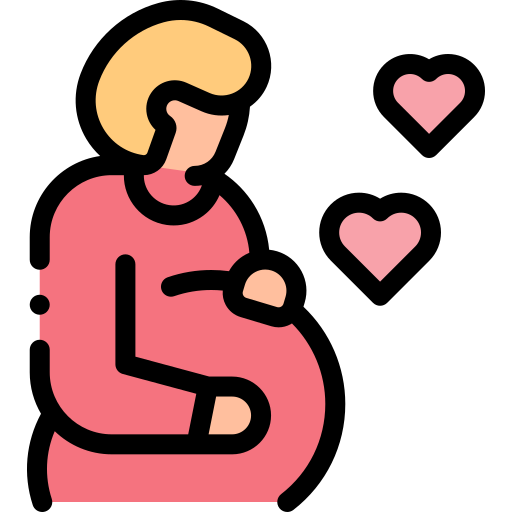
Which forms of CBD are better to avoid?
Not all are suitable for children. Here are some examples of CBD products that you should not give to children.
1. Tinctures (with alcohol solvent)
Children should not be given anything with alcohol! Most tinctures are alcohol-based and should not be given to children. Be aware that companies make CBD products that label their CBD oils as tinctures. So always check the ingredients sold as tinctures thoroughly.
2. Capsule
Capsules are a great way to take CBD . However, they are generally not recommended for children, especially children under the age of eight. This is because younger children have smaller airways compared to adults. Therefore, the capsule could get stuck in their throat, which can be a very unpleasant experience, if not dangerous.
3. Vape pear to e-liquid
There’s no way the kids could vape – end of discussion. Vaping is for adults only.
4. Concentrates
Capsules are a great way to take CBD. However, they are generally not recommended for children, especially those under eight years old. This is because younger children have smaller airways compared to adults, and capsules may get stuck in their throat, which can be a very unpleasant or even dangerous experience.
So avoid concentrates and opt for something with a lower potency.
How to determine the dose of CBD intended for a child
Children are much smaller than adults and typically have significantly less body fat, which plays a crucial role in the effectiveness of dietary supplements and medications. In other words, children are more sensitive to dietary supplements. Therefore, it is important to be well-informed whenever you start giving them something.
Even though you carefully follow the CBD product instructions when giving it to children , the dose may still be too high. For children, it varies greatly depending on their age and body weight.
We will now demonstrate a method to determine the correct dosage for a child based on the adult dosage listed on the label. We also offer some simple formulas that can be used to do this.
Step 1: Determine the adult dose
Doses for children are most easily calculated from the amounts for adults, so the first step is to get the baseline values. The appropriate dose can vary considerably, even for adults. The most important determining factors are weight and desired potency.
Products that may be of interest to you
Some medical conditions require large doses of CBD (e.g. insomnia, severe anxiety or epilepsy). Other conditions require lower doses; it depends on the severity of the symptoms.
General doses based on desired potency of effects (Note: These values are for adults only!)
Low power: 15 mg
Medium strength: 45 mg
Note: Much stronger effects may be needed, especially when treating specific medical conditions such as Dravet syndrome. Still, this should be discussed with a doctor, a specialist with experience in giving CBD to children, first thing before you do anything.
CBD is very safe as a supplement when used in the amounts listed above. However, in high doses it can cause unwanted side effects such as excessive sedation and dizziness.
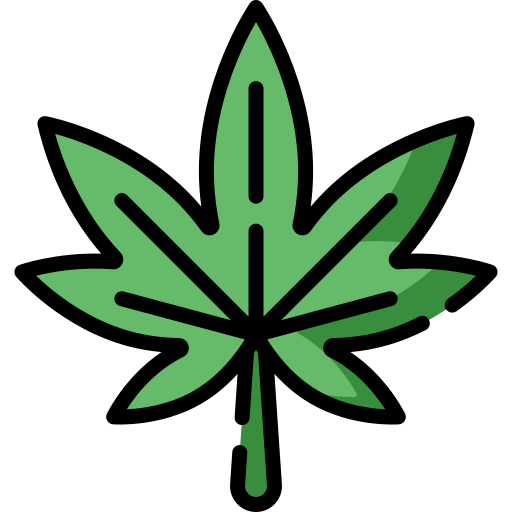
Step 2: Use one of the following three formulas to calculate the appropriate benefit for the child.
To calculate the dose suitable for a child, start with the adult dose already prepared. There are formulas designed to calculate the dose by age or weight. Some will only work up to a certain age, others are limited by weight.
Here are the best formulas for calculating the child benefit:
A) Augsberger’s rule – from birth
(1.5 x weight in kg) + 10 = percentage of adult dose
Example:
Let’s say the adult dose you’re looking for is low – 15 mg of CBD per day. We work with a child weighing e.g. 30 kg. The calculation would look like this: 1.5 x [30 kg]+ 10 = 55%
55% of the 15 mg represents 8.25 mg of CBD per day. Therefore, the child in this example would receive about 8 mg of CBD in a single dose.
B) Salisbury Rule no. 1 – for children weighing less than 30 kg
(weight in kg x 2) = percentage of adult dose
Example:
If we use the adult dose of 30 mg per day as the starting value and a child weighing 20 kg, we get the following calculation: (20 kg x 2) = 40%.
40% of 30 mg gives us a dose of 12 mg.
(C) Salisbury Rule no. 2 – For children over 30 kg
(weight in kg + 30) = percentage of adult dose
Example:
In this case, our initial values are the dose for an adult of 30 mg per day and a child weighing 40 kg; we get the following calculation: (40 + 30) = 70%.
70% of the 30 mg goes to the 21 mg CBD dose.
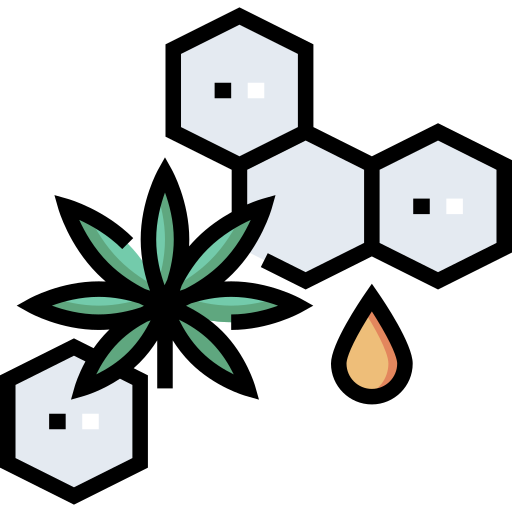
Here is a simple chart showing the doses suitable for children
| Weight in kg | Low strength | Medium strength |
| 14 | 1,6 mg | 7,8 mg |
| 18 | 3,6 mg | 10,8 mg |
| 23 | 4,6 mg | 13,8 mg |
| 34 | 6,4 mg | 19,0 mg |
| 45 | 7,5 mg | 25,5 mg |
(calculated using the Salisbury rule)
Step 3: Determine the appropriate dose of the product you are using.
So far, we’re clear on the amount of CBD to use. Now all that remains is to compare these findings with the product you have purchased.
If you have chosen , it is very easy. All you have to do is look at the amount of CBD listed for each gum. The value can range from 5 mg to 50 mg. If your goal is to provide an 8 mg dose, you can either buy gummies containing 10 mg of CBD and remove about 20% of each gummy, or buy gummies with 5 mg of CBD and administer a gummy and a half in each dose.
When it comes to CBD oils and syrups, this step can be tricky because they come in different potencies. But once you get used to it and understand it, it’s easy. Let’s take a look.
To properly dose CBD oils, you need to know how much CBD is in each oil.A 300 mg bottle of CBD oil will contain significantly less CBD per ml than a bottle of the same size containing 1000 mg.
Here is a simple chart that shows how these potencies can change:
| Total CBD content | 30 ml bottle | 60 ml bottle |
| 100 mg | 3,33 mg/ml | 1,6 mg/ml |
| 300 mg | 10 mg/ml | 5 mg/ml |
| 600 mg | 20 mg/ml | 10 mg/ml |
| 1000 mg | 33,3 mg/ml | 16,6 mg/ml |
| 2000 mg | 66,6 mg/ml | 33,3 mg/ml |
| 4000 mg | N/A | 66,6 mg/ml |
Once you know the strength of the oil you are using, you can calculate the volume in milliliters and determine the exact dosage. One ml is about 20 drops. You can also use the small measuring cup usually included in the package for greater accuracy.
As for the suppositories, that’s different. For children, always choose the lower potency option (30 mg or less per suppository).
Summary
When choosing CBD oil for children, focus on low potency (300 mg or 600 mg per vial). This will allow you to measure low doses more easily. If you use gummies, choose ones that are low potency. They can be modified to achieve the most accurate dose – for example, cutting the gum in half.
